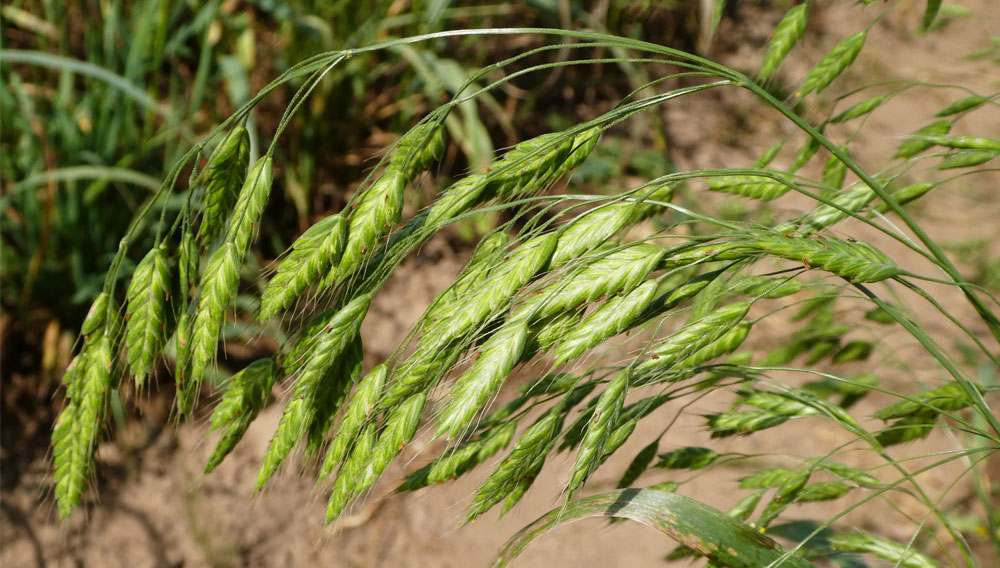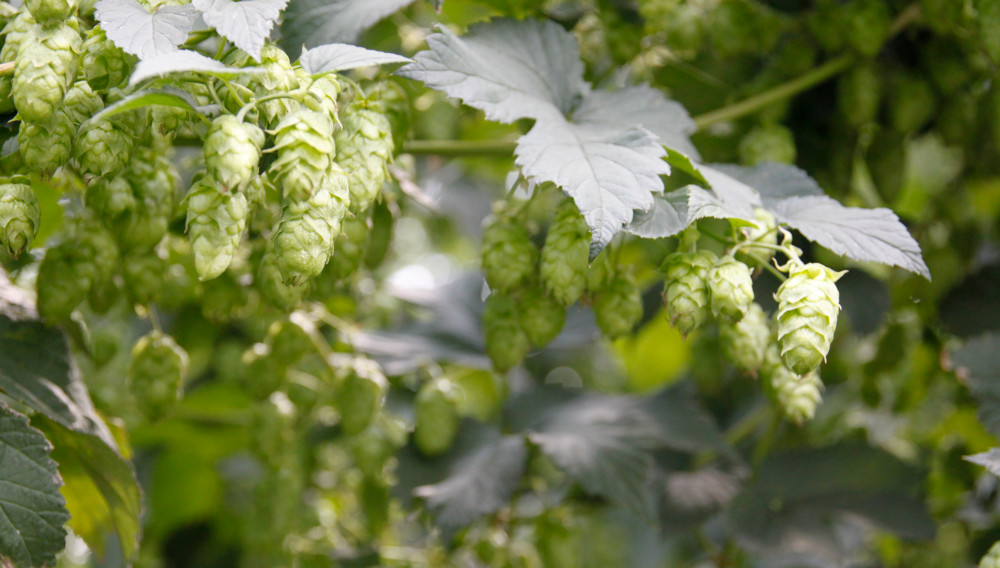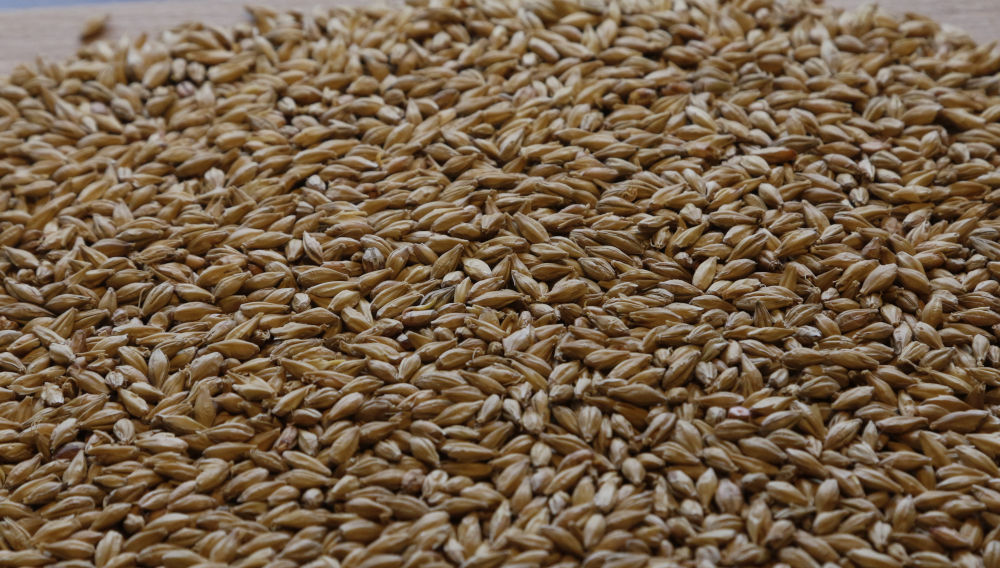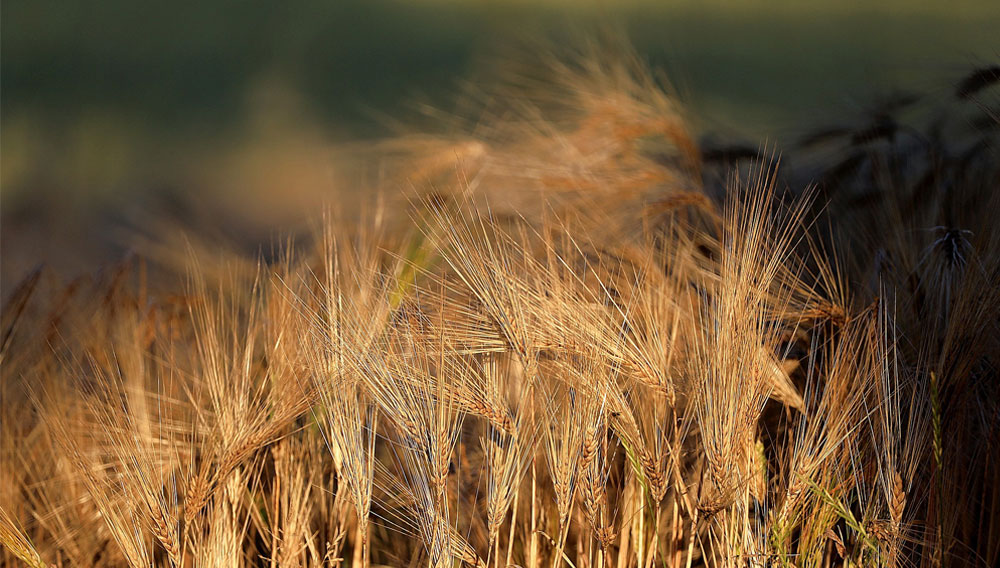
Study results | For some time now the concept of sustainability has cropped up in practically all areas of our lives. Our brewing industry is no exception. At least all larger brewery groups and breweries publish sustainability reports containing information, among others, on the carbon footprint of their products. Regardless of the surprisingly great differences between the respective breweries’ carbon balance (depending on how this is assessed), malt as a raw material also contributes to the CO2 emissions generated during production. This means that malting plants are also required to make an effort towards achieving greater sustainability. The following study aims to assess the savings potential of new varieties of malting barley with a view to reducing carbon footprints and cutting costs.
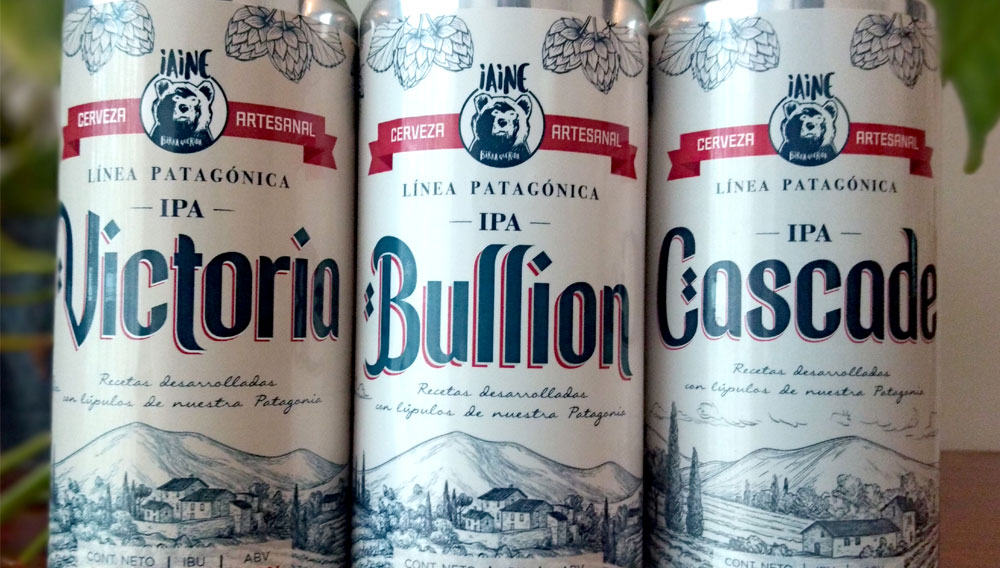
Local varieties | Hops produced in Argentina have an interesting history: the varieties are a mix of classic hops bred decades ago, parental varieties of currently trendy hops and some were bred in the context of the 1980’s local breeding programs. None of them would feature on a list of modern craft hops, and until recently, their usefulness was limited to simply pep up hazy hoppy ales and the like.
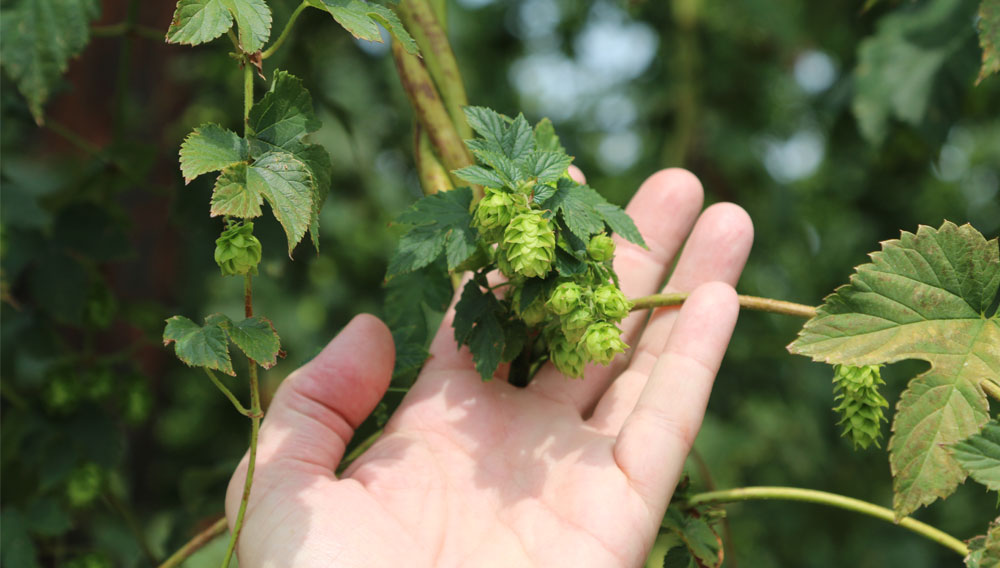
Variety differentiation | The classification of hop varieties into aroma and bitter hops dates back to 1971, a time when there were only four aroma and two bitter varieties in Germany. The two groups could be easily distinguished from each other based on analytical characteristics. Today, differentiation is difficult due to the breeding of numerous new varieties. In particular, the hop varieties used for dry hopping, often referred to as flavor hops, do not fit into the usual scheme, although they are literally “aromatizing hops.”
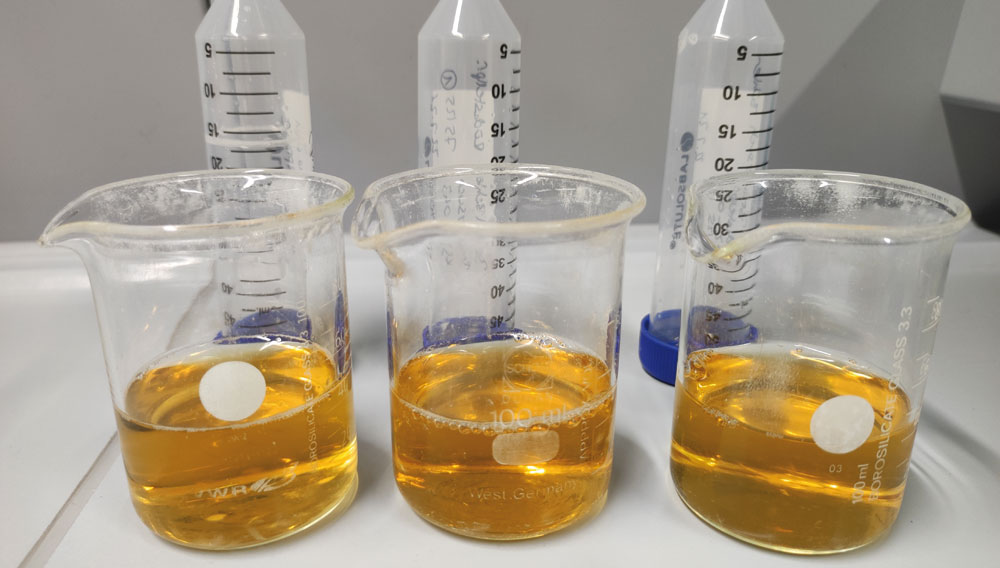
Toxin screening | Mould fungi are part of the mycoflora naturally present on malting barley. In recent years, the focus was on contamination with the fungus species Fusarium and Aspergillus whereas the relevance of contamination with sooty mould fungi has been recognised only a short while ago.
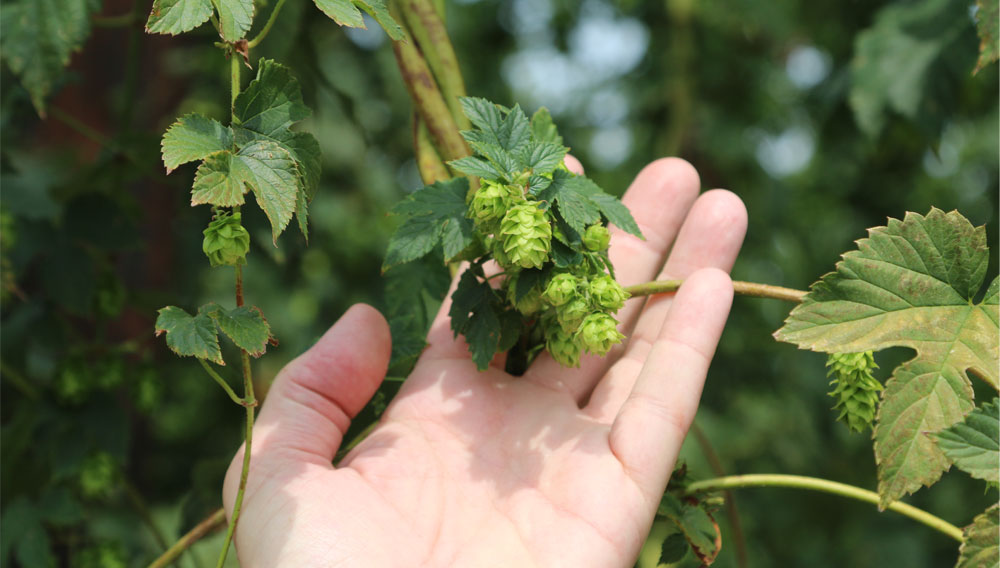
Hop Storage Index | As soon as hops have been picked and sufficiently dried, a race against time begins, or more precisely against oxidation, as the oxidation reactions reduce the quality of the hops. The Hop Storage Index (HSI) is used to assess this. How does it affect brewing and what factors influence it?
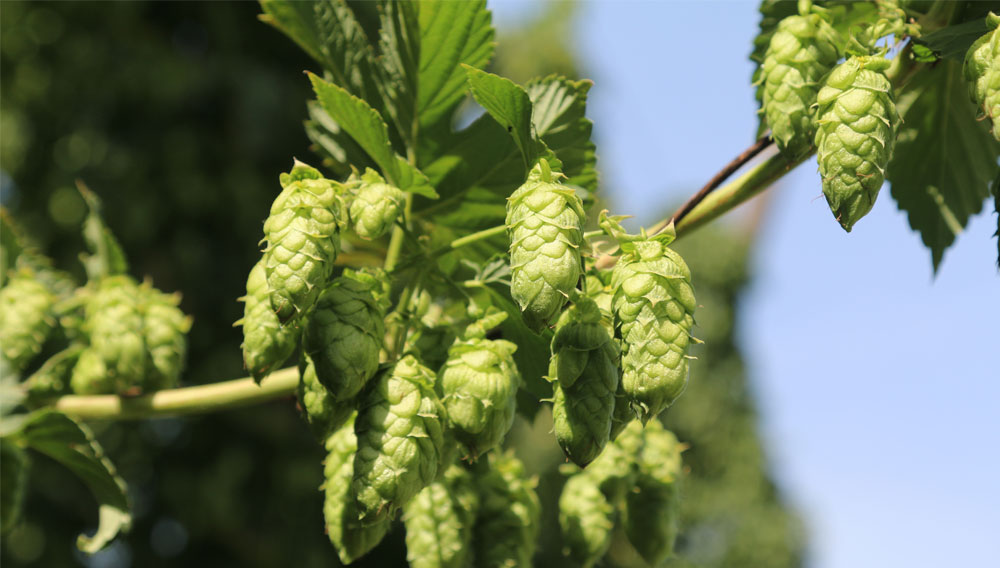
Hop industry | Argentinean hops are not in the spotlight when southern hemisphere hops are mentioned. This term usually is used for more famous hops from Australia, New Zealand, and sometimes, South Africa. But Argentina has a rich history in hop growing, although it is not well known by its products abroad.
Hop research | In December 2023, the latest Hop Special was published in the BrewingScience Newsletter, this time sponsored by BarthHaas. The scientific online-journal BrewingScience features peer-reviewed scientific papers with impact on the brewing industry. The brief article abstracts below provide a good initial overview of the content.
Summary | At the end of the year, our author Dagmar Hofnagel summarises the results of the 2023 spring barley harvest. The main topic remains quality and, as a result, the ability of buyers and users to compromise.
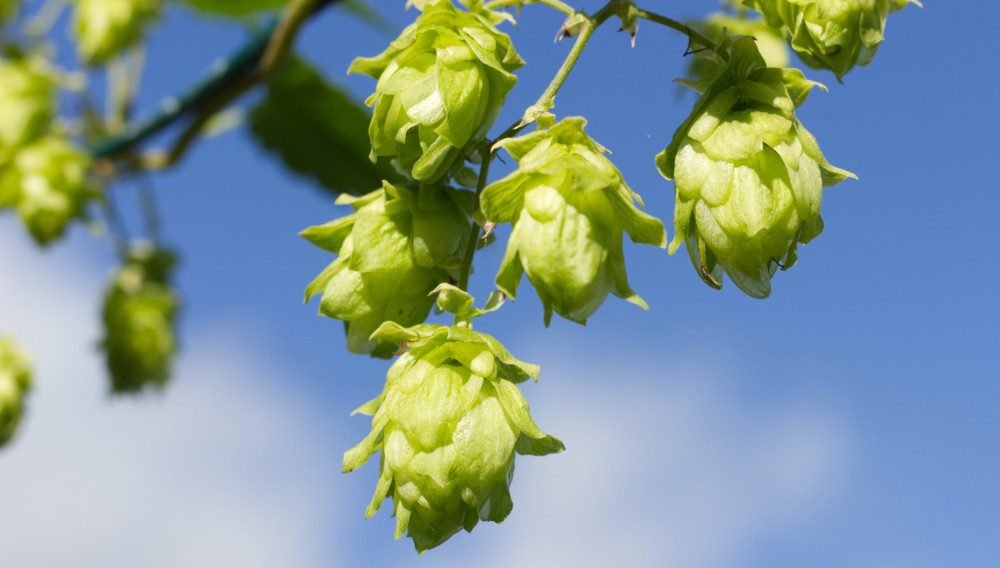
Flavour composition | Many brewers have tried to blend various hop varieties for imparting unique aromas to beers, mainly based on their experiences. If a mechanism for a hoppy aroma existed, such knowledge would help to formulate desirable blends of hops based on scientific evidence. In recent times, the mechanism of Sorachi Ace’s varietal aroma was discovered. Which hop varieties might thus be suitable for blending with Sorachi Ace hops? The following article summarises a part of the research results which have already been published in BrewingScience, 2022, issue 6, November/December.
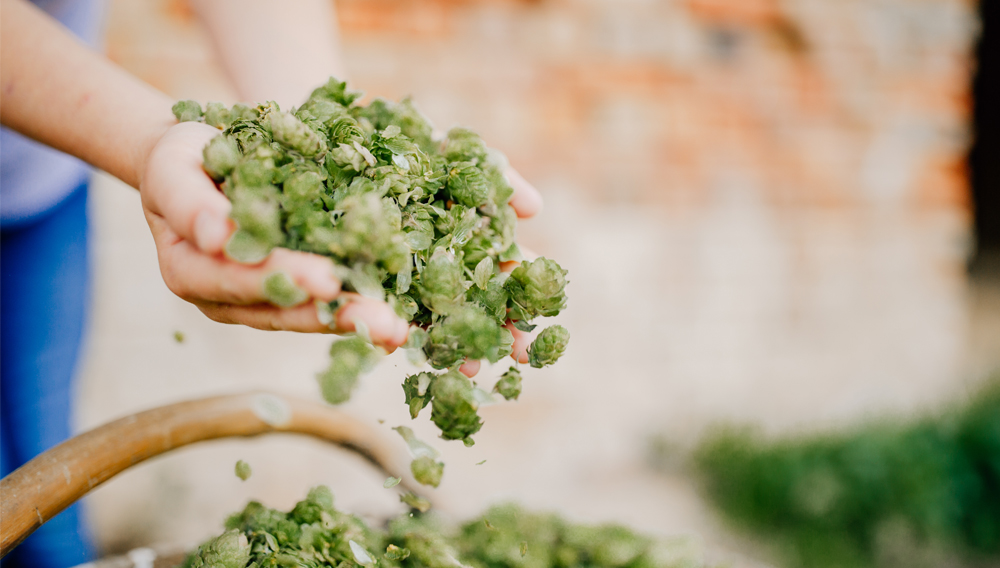
Hop Storage Index | When evaluating hop quality, many use the Hop Storage Index (HSI) as a simple analysis to get an indication of how much the hop has been aged. The rule of thumb is: the higher the HSI, the poorer the hop variety was harvested, stored, and processed. Although HSI can be a useful tool, it is important to understand that the value should not be the sole indicator to understand the total hop quality.
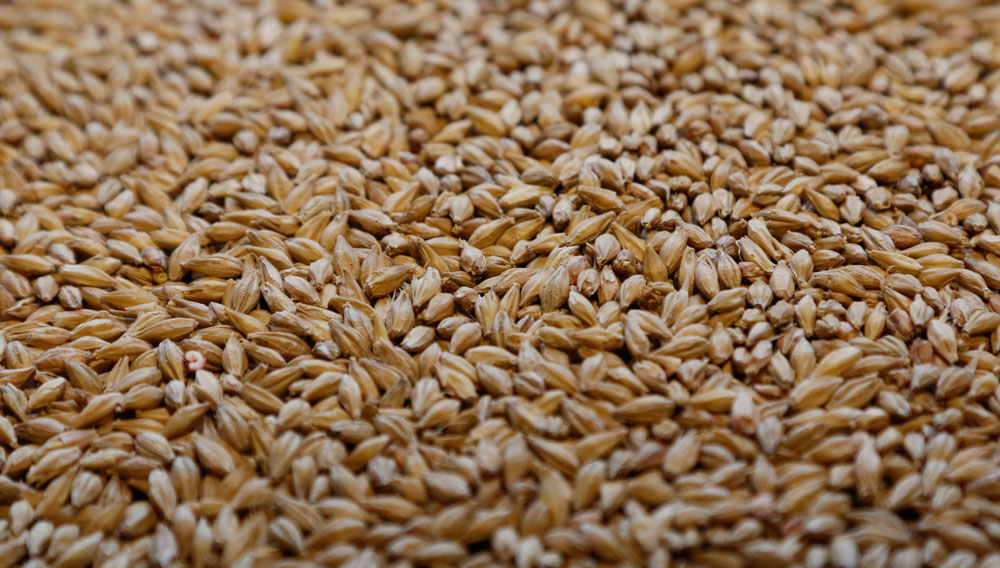
Underestimated risk | Mould fungi are part of the natural microbial flora of malting cereals. In recent decades, intensive research focussed on the fungus genus Fusarium plant pathogen in this respect. However, the consequences of contamination with the so-called sooty mould fungi are hardly known in comparison.
Current issue
Most Read
BRAUWELT on tour
Current issue
Most Read
BRAUWELT on tour
-
Hopsteiner
Excellent digital Service: the Hopsteiner Customer Portal
-
Hopsteiner
Variations in hop aroma depending on crop year
-
Hopsteiner
Playing with tradition: Hopsteiner Hopoils - Type Hoptanical
-
Hopsteiner
Crop and market update & hop crop 2023 estimate
-
Hopsteiner
Playing with tradition reload: Hopsteiner Hopoils - Type Essential

